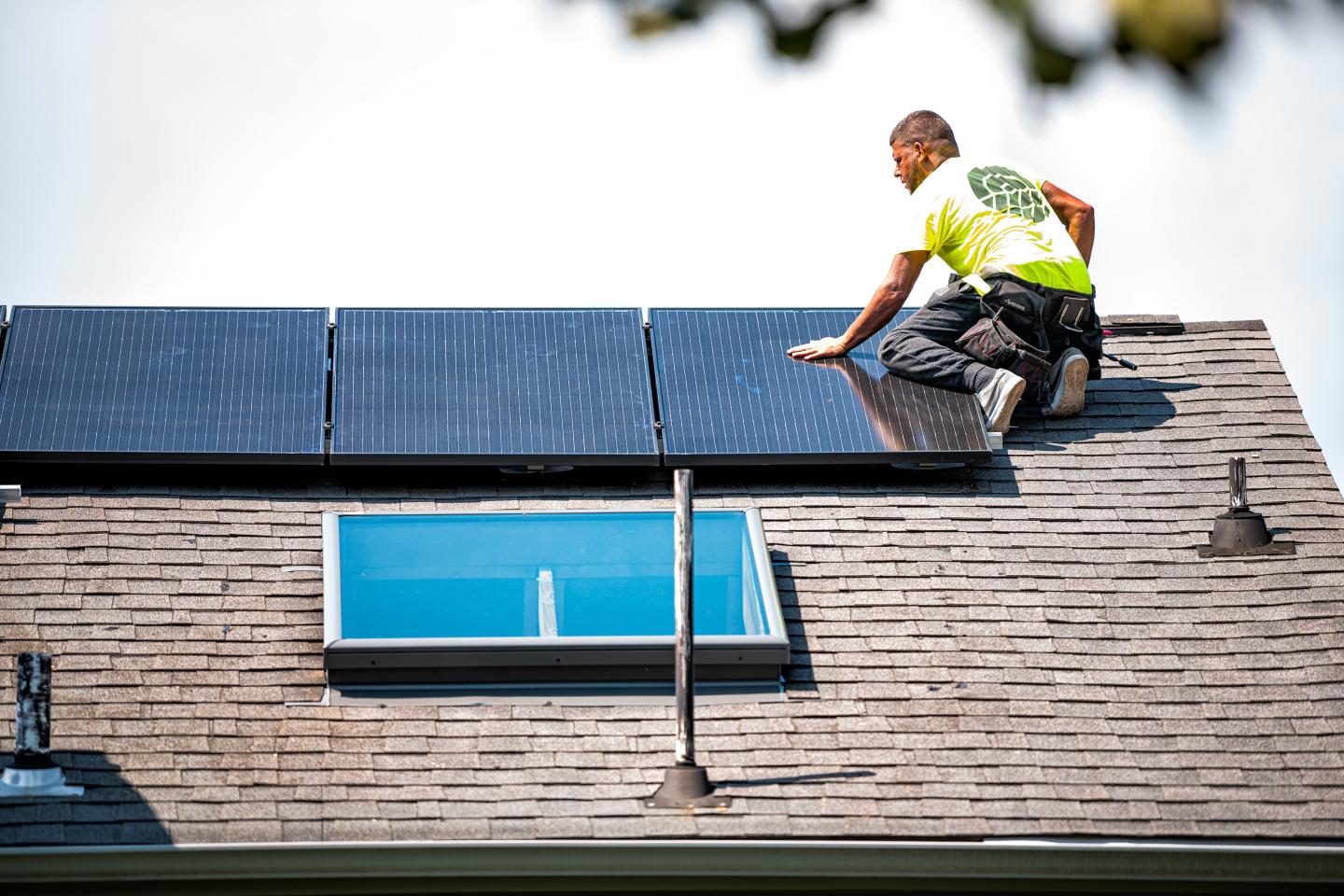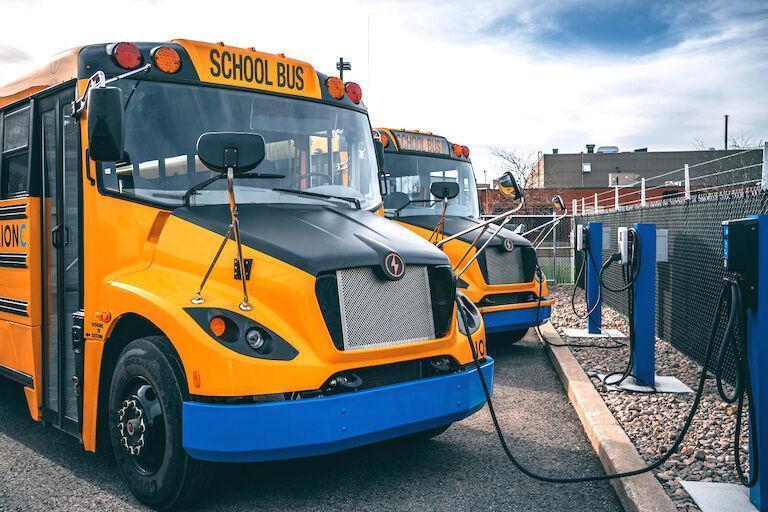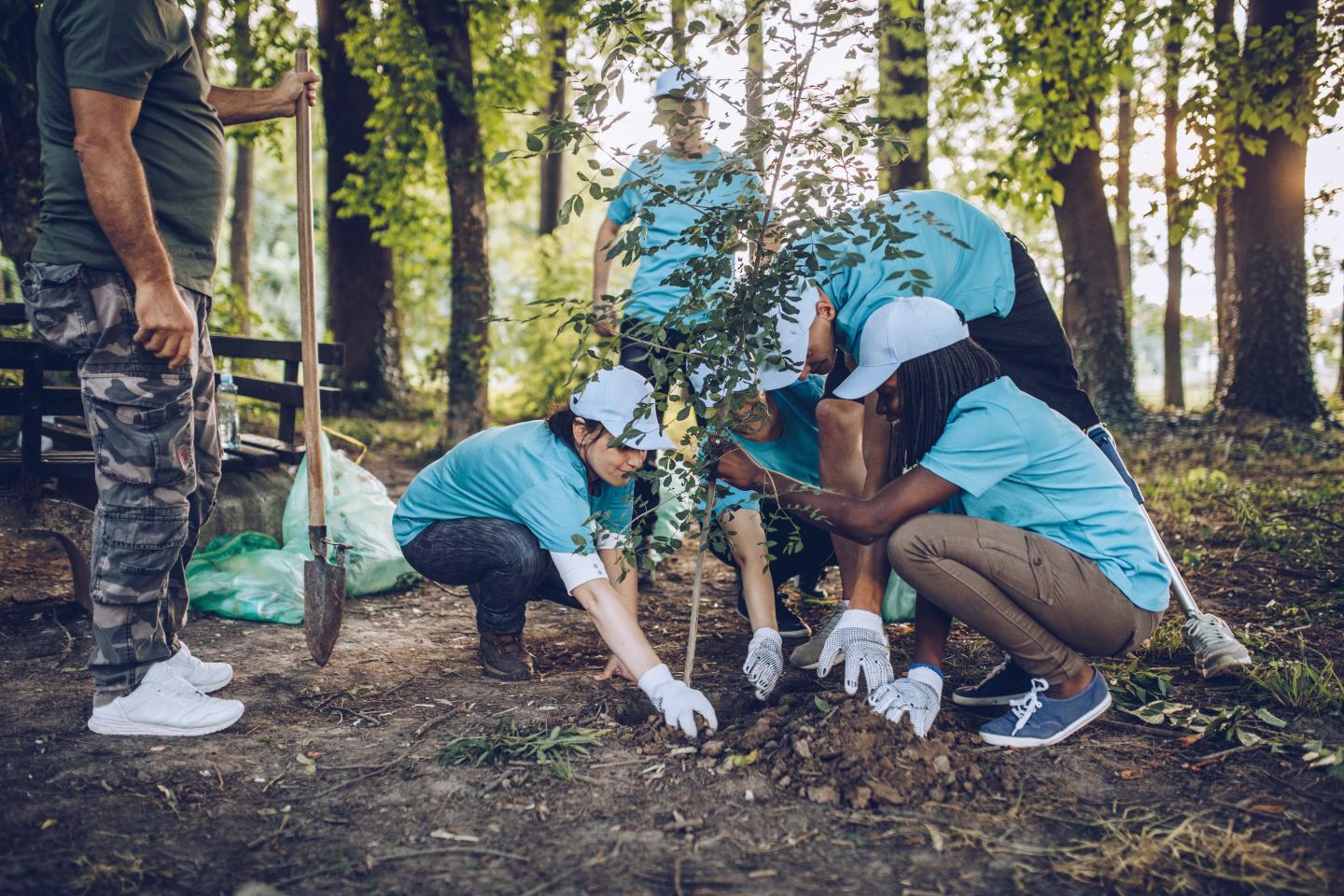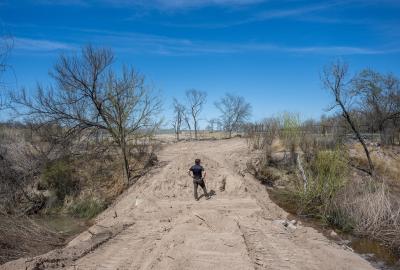What has the US done to fight climate change? More than you think.
With the headlines dominated by heatwaves and climate doom, it’s easy to lose sight of an important fact: In the last four years, the U.S. made huge progress on climate.
Major investments and health protections are already reducing pollution from cars, power plants and the oil and gas industry.
We still have a long way to go but here are five reasons that we’re on track for a better future, with less climate pollution, than we were a few years ago.
1. More clean energy in our homes
The Inflation Reduction Act, signed by President Biden in 2022, represents the largest clean energy investment in U.S. history, with game-changing incentives for consumers and manufacturers.

Consumers are enjoying more than $8.5 billion in rebates and tax credits for home energy upgrades, including saving on solar panels, heat pumps and energy efficient improvements.
The private sector, buoyed by the government’s efforts, is kicking in even more cash, driving nearly a quarter-trillion dollars in total into clean energy in 2023, according to the Rhodium Group and MIT. Companies have announced more than 500 new clean energy projects, which would create nearly 300,000 new jobs.
And new federal energy rules are now in place to help all this new, clean electricity get into homes, cars and buildings faster.
2. Cleaner cars, trucks and buses

Cleaning up cars and trucks takes a big bite out of the largest source of climate pollution in the U.S. — transportation. Recent federal investments and EPA action are helping get more clean cars on the road. In 2023, EV sales topped 1 million vehicles, and in the first half of 2024 alone, buyers enjoyed more than $1 billion in federal EV rebates.
The EPA’s clean car rule, for model year 2027 onwards, is expected to prevent 7 billion tons of climate pollution by 2055.
A second rule will cut pollution from freight trucks, garbage trucks and other heavy vehicles, avoiding an additional 1 billion tons of climate pollution. That's more than all U.S. emissions last year.
3. Cutting fossil fuel pollution
New EPA rules are tackling the two biggest climate pollutants: carbon dioxide and methane.
Methane is a short-lived, potent climate pollutant that is accelerating global warming. Cutting methane pollution is the fastest way to slow climate change. The Environmental Protection Agency’s oil and gas methane rule, finalized in 2023, will cut nearly 80 percent of the methane pollution from nearly one million U.S. oil and gas sites. This will have roughly the same near-term climate impact as taking nearly a billion cars off the road for a year.
The agency also finalized its first ever greenhouse gas limits on power plants. The standards will prevent up to 1,200 premature deaths and reduce carbon dioxide emissions by 1.38 billion tons.
4. More help for communities hit first and worst
In some communities, pollution is still increasing, even as the environment nationwide has become cleaner. An order from the Biden White House, for the first time, formally seeks to address environmental injustice, instructing that 40 percent of benefits from federal programs flow to environmental justice communities.
There’s real money behind it, too — $3 billion in federal funding to support projects like turning abandoned properties in Jackson, Mississippi into parks that reduce flooding; a solar job training program in Columbus, Ohio, for people returning from prison; and clean energy upgrades for low-income housing in Rochester, New York.
5. More preparations for extreme weather

New federal funding is directing billions of dollars to help communities prepare for disaster and reduce their risks, such as elevating homes in Florida and restoring shorelines in New Jersey to provide natural flood protection.
Western states can now tap into $4 billion in federal funds to fight drought.
Climate and weather disasters in the U.S. in 2023 alone cost nearly $93 billion. These investments represent the ounce of prevention that’s worth more than a pound of cure.


